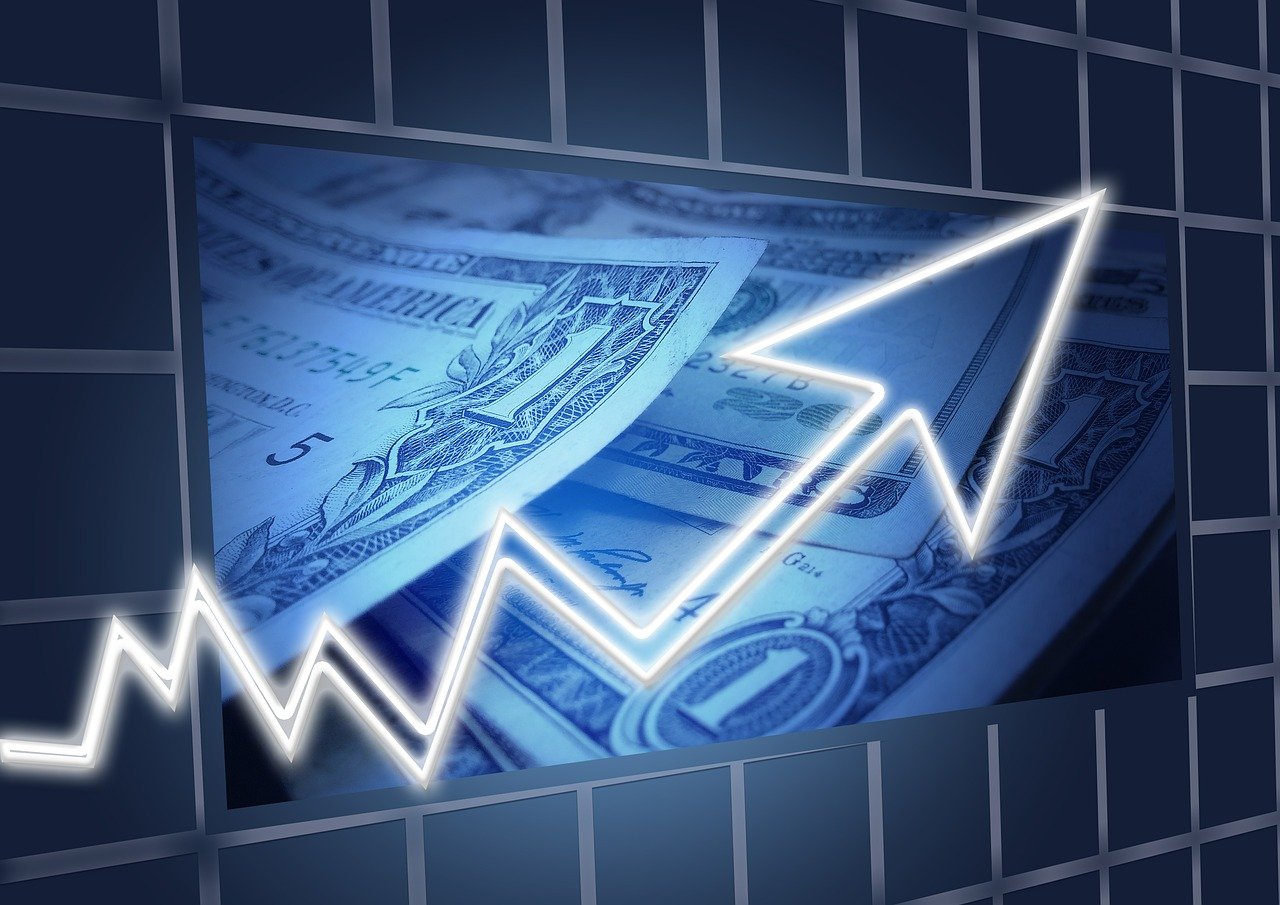Arizona-based economist Elliott Pollack, CEO of Elliott D. Pollack & Company, spoke to a crowd of commercial real estate professionals on Friday, Jan. 14 at the IREM CCIM Economic Forecast. Pollack covered a wide range of topics, from supply chain issues to inflation.
“The economy continues to recover at a rapid rate,” Pollacks says. “But the recovery will be erratic and there will be some glitches along the way.”
Pollack notes that the status quo is unlike a typical business cycle and shouldn’t be compared to one. A recession was not induced by the Federal Reserve because the economy needed to be slowed, but because the government chose to shut down the economy almost completely. This affected the service industry hardest and had a ripple effect that disrupted other sectors.
READ ALSO: Here is the Phoenix commercial real estate outlook for 2022
Despite the challenges, Pollack predicts that 2022 and 2023 will be a good year for the economy, though the latter won’t be as robust.
“Here’s why I’m so optimistic — consumers are in the best financial shape they’ve been in for decades. They’re awash with cash, debt levels remain low and jobs are plentiful. There’s also a positive wealth effect from the increase in 401(k) values and house prices,” he says.
State of the Economy
Since the onset of the pandemic, consumers now have about twice as much money on hand, rising from approximately $1.5 trillion to $3.5 trillion. Adding to the consumer-friendly environment is the ease of finding work. Pollack notes that there are almost 11 million unfilled jobs in America and about 6 million people are unemployed.
“You’ve got almost twice as many job openings as you have unemployed. That has never happened in the history of America before,” he says. “The number of people quitting their job has jumped like crazy. Why? Because jobs are so easy to get. Quite frankly, if you’re not working today, you don’t want to work.”
The labor participation rate has dropped fastest among women, workers without a college degree and those in low paying service industries. Pollack believes that these groups will start looking for jobs again once any built-up savings from stimulus checks and child tax credit runs out. Workers over 55, he says, are also likely to retire early thanks to the strength of the stock and housing markets.
Despite plentiful jobs and elevated savings levels, consumers are unable to spend the same way they did in 2019. Closures and pandemic-related reluctance to be in crowds means more money is dedicated to goods rather than services, which has led to anemic inventories and empty shelves in stores.
“It’s a worldwide issue. Something happens to a plant in Sri Lanka, China or South America and it affects us because they’re making a vital component to something we produce. It’s going to take a while to fix,” Pollack says.
Gross domestic product (GDP), a common measure of a country’s economic well-being, will slow due to a shortage of products but will speed up as capacity comes back online — what Pollack calls a “postponement” of GDP growth. Still, the disrupted flow of goods has created upward pressure on prices that will fall once the supply chain is repaired, though price increases won’t be completely erased.
Another factor affecting spending habits is inflation. The U.S. Bureau of Labor Statistics reported an 0.5% increase in inflation for December 2022, with the last 12 months showing a 7% inflation rate — the largest 12-month increase since June 1982.
“The government continues to inject liquidity into the system while holding rates low and spending trillions. Our policy response has more than made up for incomes lost during the COVID lockdown, probably by a factor of three,” Pollack says. “What they didn’t replace was the ability to produce goods and services. So, you’ve got all this money, but what are you going to spend it on? That brought to light some of the weaknesses in the supply chain as demand everywhere surged.”
The Fed can curb demand by raising interest rates and making it more expensive to borrow money for a car or a house. Indeed, the Fed indicated it will slow the purchase of assets and potentially enact three rate hikes in 2022.
“My conclusion is that you shouldn’t panic,” Pollack contends. “Unless there are some very big political decisions that affect the economy, a black swan event or a dramatic, unexpected increase in interest rates, the economy is good through ‘23. No matter what happens, Phoenix will continue to be one of the strongest markets in the U.S.”




